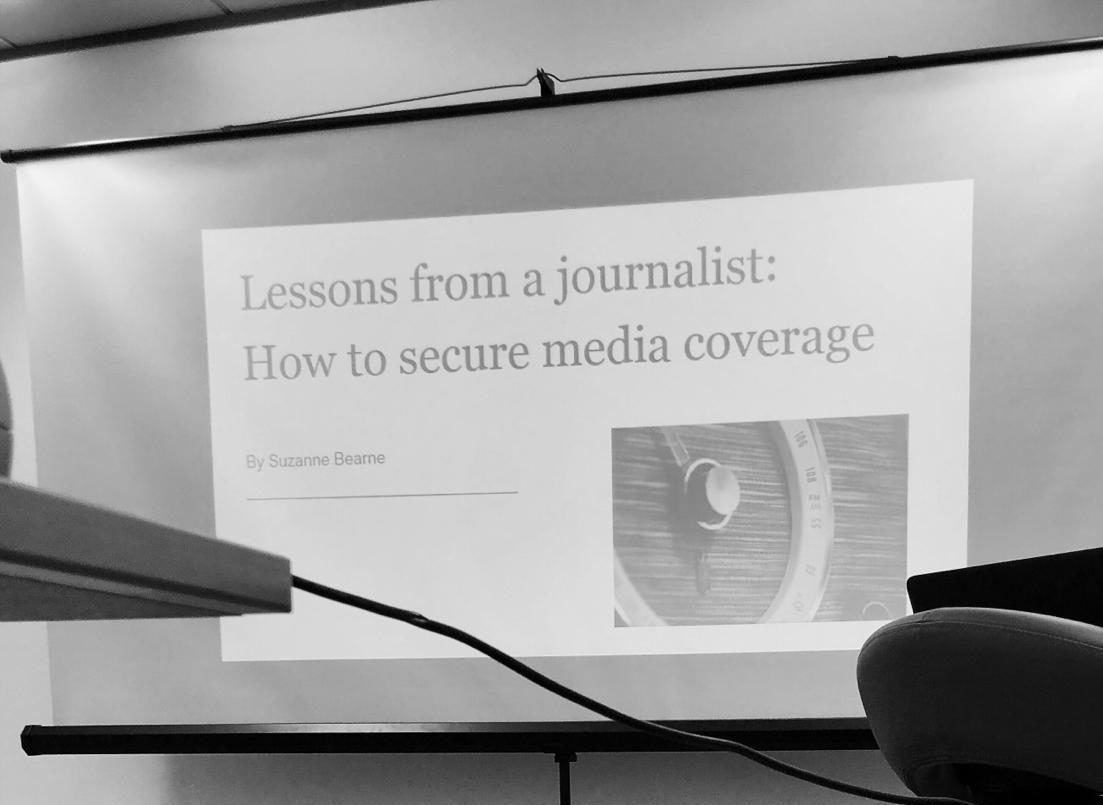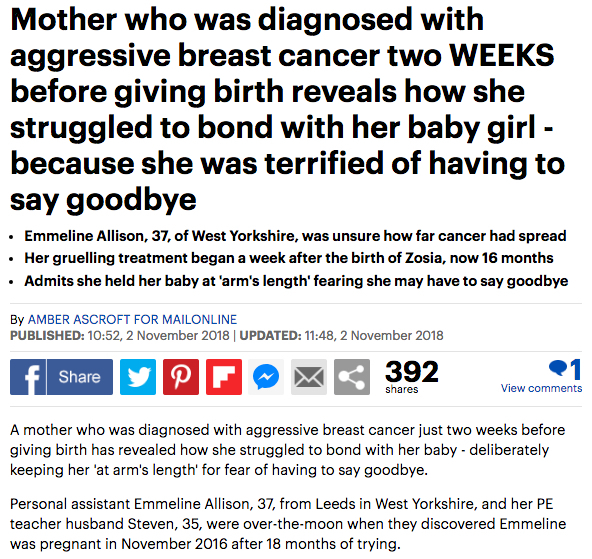I’ve worked in public relations now for over 15 years, starting as a PR exec and gradually working up the ladder to account manager, senior account manager and now, Head of PR. Although it helped hugely, I didn’t get to where I am today just on experience. I recognise the importance of keeping up to date with the latest trends, learning from other PR professionals and taking advantage of regular training.

Last week, senior account manager Kathryn and I, attended a fantastic PR masterclass – ‘Lessons from a journalist - how to secure media coverage’ - led by the very talented, Suzanne Bearne. Some might question why, after so long in the field, do I need to learn how to secure press coverage? And, I must admit that I was a little concerned that I would be surrounded by junior PRs just starting out. I couldn’t have been more wrong. The room was filled to capacity with experienced PR practitioners who were there with the same agenda as us - to learn first-hand from a journalist what’s required, so we can secure the best results for our clients and ourselves.
Suzanne’s three-hour masterclass flew by as she delivered an insider’s guide into what a journalist wants and needs to deliver a good story. I found the seminar extremely reassuring in terms of how I deliver PR for my clients, but there were numerous hints and tips to ensure that I can be much more proficient going forward.
Possibly the most noticeable change since I started my comms career is the streamlining of the media. An editor isn’t just an editor anymore. They’re a sub editor, features and picture desk all rolled into one and this seems to be consistent across print, TV and radio. Suzanne emphasised – after showing us an example of a typical journalists’ inbox of several thousand unread emails - how important it is to know the journalist you’re pitching to, what they write about and to give them what they need clearly and concisely. Essentially, do your research before you pitch or you’ll find your press release has become one of the thousands of unread emails heading for the junk folder.
At Clearsilver, we work with several charity clients and therefore know the importance of personal case studies to raise awareness. We’ve successfully secured many case study features over the years, but it was interesting to hear from Suzanne how to re-angle a story, so it better suits a journalist and their publication. Sometimes it’s the more subtle, underlying angles in a story that will get picked up, rather than the key subject matter you’ve been briefed to pitch by your client. This can be a stumbling block for a PR if a client feels their main message will be missed. However, a PR who has a strong, trusting relationship with their client will be able to explain the benefit of still running a story, which although has been re-angled, will still include their key messages.


I’d really recommend attending one of Suzanne’s masterclasses; she’s engaging, approachable and really gets the conversation flowing with attendees. I’m not going to list everything she covered – you’ll have to book on to one of her training sessions – but I’ll leave you with five top tips on how to pitch a story to the media:
- Keep pitches brief, informative and to the point.
- You don’t always need a press release. Journalists are short on time so include all the key angles of your pitch in an email.
- Think of the five ‘w’s’ (who, what, where, why, when).
- Check your story angle hasn’t been covered recently.
- Not heard back? Re-pitch with a different angle but don’t pester.
